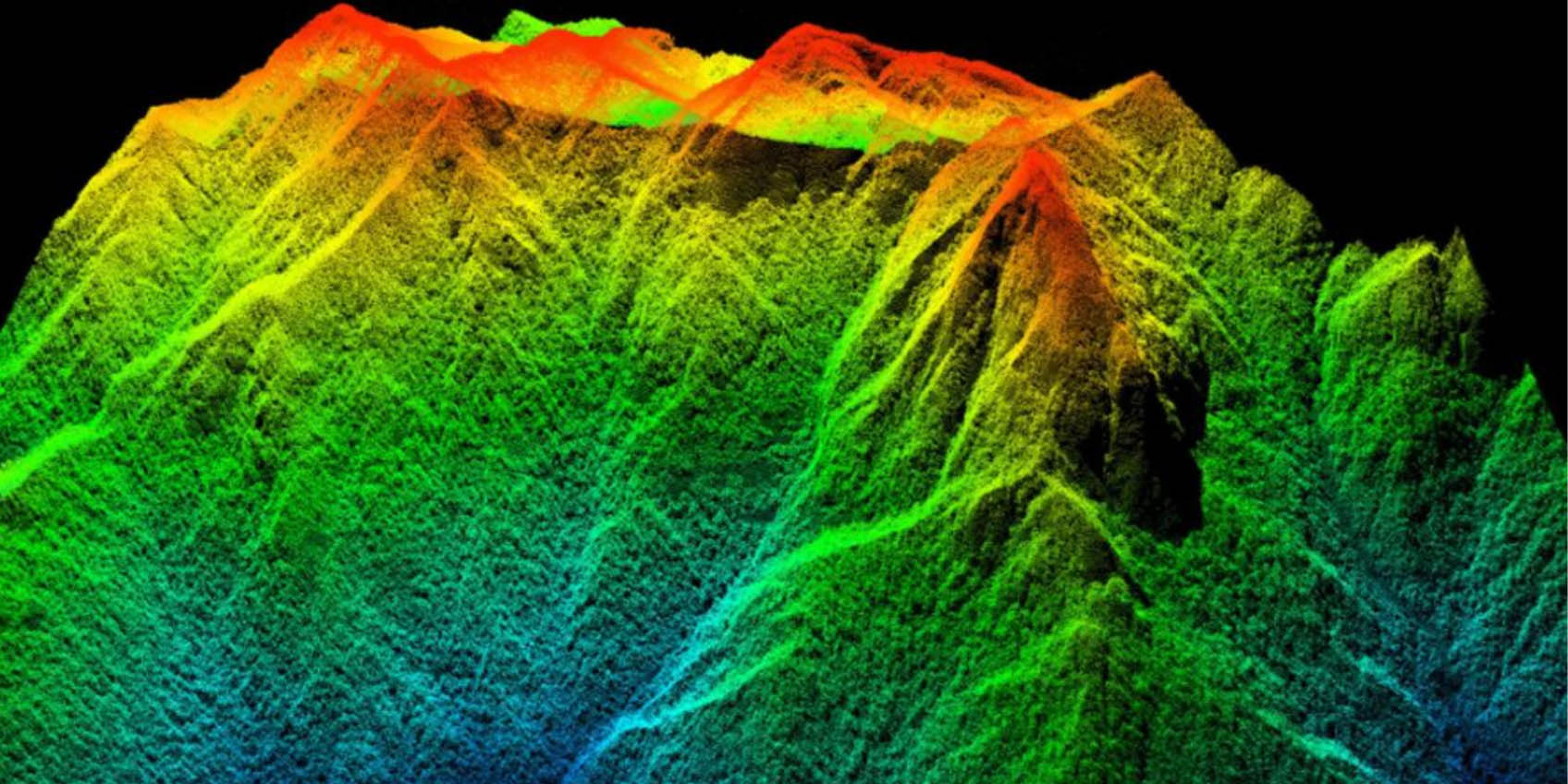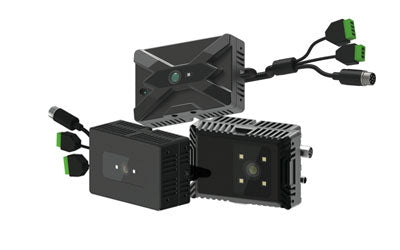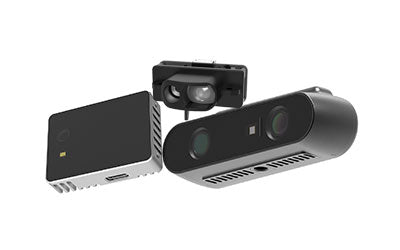TOF and LiDAR Sensor Integration: A New Era of Precision Measurement
- por TofSensor

With the continuous advancement of technology, the demand for precise distance measurement and spatial data acquisition has been steadily increasing. The integration of Light Detection and Ranging (LiDAR) and Time-of-Flight (TOF) technology has opened up a new era of high-precision data acquisition, widely applied in various industries such as traffic monitoring, geospatial surveying, robotics navigation, and more. This article explores how the combination of TOF and LiDAR technologies is driving the development of diverse applications and their unique advantages.
What is TOF Technology?
TOF (Time-of-Flight) technology is a distance-measuring technique based on the principle of light signal travel time. TOF sensors emit light pulses and measure the time taken for the signal to travel to the target and return, calculating the distance between the sensor and the object. Since the speed of light is known, TOF technology can precisely determine the position of an object, commonly used for distance measurement and obstacle detection.
What is LiDAR?
LiDAR (Light Detection and Ranging) is a technology that uses laser pulses to emit and receive reflected signals to measure the distance between the object and the sensor. Similar to TOF, LiDAR operates based on time measurement to calculate distance, but it uses laser beams as the signal source, offering higher precision and stronger penetration capabilities.
LiDAR systems typically consist of a laser emitter, receiver, scanning mechanism, and data processing unit. When the laser pulse hits an object’s surface, it is reflected back to the receiver, which detects the returned signal and calculates the time it took for the light to travel. Using this time difference, the distance between the object and the sensor can be precisely calculated.
In addition to providing accurate distance data, LiDAR can generate 3D point cloud data by continuously scanning and collecting a large number of reflected signals. This allows researchers and engineers to create highly detailed 3D models, giving them a better understanding of the structure, features, and spatial relationships of objects or environments.
LiDAR’s advantages lie in its high resolution and precision, and it can function effectively under almost any lighting condition, unaffected by ambient light. Furthermore, LiDAR has strong penetration capabilities, enabling it to pass through obstacles like tree canopies or weather conditions such as rain or snow, providing deeper measurements and modeling.
Applications of TOF and LiDAR Integration
-
Traffic Monitoring and Management: The integration of TOF and LiDAR technology is widely applicable in Intelligent Transportation Systems (ITS). By using TOF sensors, real-time traffic data such as vehicle flow, speed, and types (e.g., cars, trucks, buses) can be captured. Meanwhile, LiDAR can assist in generating accurate 3D maps to help traffic management systems efficiently predict and control traffic flow. This combination enables more precise traffic status recognition, timely adjustment of traffic signals, reducing congestion, and improving road efficiency.
-
Autonomous Driving Technology: In autonomous driving, the integration of TOF and LiDAR is critical. TOF sensors provide real-time measurements of obstacles, while LiDAR generates detailed 3D models of the surrounding environment. Autonomous vehicles can use the combination of these technologies to more accurately detect surrounding objects, pedestrians, and traffic conditions, and make informed decisions. For instance, TOF technology can detect temporary obstacles on the road (such as fallen objects or pedestrians), while LiDAR offers a comprehensive view of the surrounding environment, aiding vehicle navigation.
-
Geospatial Surveying and Environmental Monitoring: The integration of TOF and LiDAR has broad applications in geospatial surveying and environmental monitoring. For example, in forest cover surveys, LiDAR can measure the height, density, and species distribution of trees accurately, while TOF technology can quickly and reliably collect precise distance data from the ground or suspended objects, helping scientists monitor environmental changes more effectively. Combining these two technologies improves the precision of ecological assessments, especially in post-disaster recovery, climate change monitoring, and disaster evaluation.
-
Robotics Navigation and Obstacle Detection: In robotics, the integration of TOF and LiDAR is of significant value. TOF sensors emit light signals and measure the return time, precisely calculating the distance between the robot and surrounding objects, providing real-time feedback. Compared to traditional distance measurement methods, TOF sensors capture high-precision, fast-response data in shorter timeframes, enabling the robot to detect obstacles quickly and adjust its path in real-time. This high-speed and high-precision measurement ability is especially useful in dynamic environments, helping robots avoid collisions and ensuring safety.
Additionally, TOF sensors offer advantages in their ability to function in complex environments. They perform consistently across various environmental conditions, including bright light, low light, dust, fog, and even adverse weather. This ensures that robots can reliably detect obstacles and avoid collisions in diverse settings, whether indoors with furniture (like tables and chairs) or outdoors in complex terrains.
Combining LiDAR’s 3D point cloud maps, TOF sensors provide immediate distance feedback, allowing robots to not only identify static obstacles but also track the movement of dynamic objects. This enhances the robot’s ability to understand its environment and make real-time adjustments for smooth navigation, whether in static or dynamic settings.
Advantages of TOF and LiDAR Integration
-
High-Precision Measurement: TOF technology offers high-precision distance measurements, often to within centimeters. LiDAR generates high-resolution 3D data. When combined, these technologies enable even more accurate distance measurements and 3D modeling, making them ideal for applications requiring precision data.
-
Real-Time Data Acquisition and Processing: TOF technology enables real-time distance data collection, which is crucial for monitoring dynamic environmental changes. LiDAR generates detailed environmental models. Together, these technologies allow for quick data capture and processing in complex environments, providing real-time decision-making support.
-
All-Weather, Interference-Free Operation: Unlike traditional optical sensors, TOF can function in low light, bright light, fog, rain, and other challenging environments. LiDAR also delivers precise data under varying light conditions. The combination of these two technologies ensures stable performance in adverse environments, maintaining data reliability.
-
Non-Contact Measurement: Both TOF and LiDAR are non-contact measurement technologies, meaning they do not interfere with the target object. This is particularly useful for monitoring delicate or hard-to-reach areas, such as forests, mountains, and roads. Additionally, this non-contact approach reduces equipment wear and maintenance costs.
Conclusion
The integration of TOF and LiDAR technologies is revolutionizing distance measurement and environmental perception, playing an increasingly important role in various industries, including traffic, autonomous driving, robotics, and environmental monitoring. As technology continues to advance and application scenarios expand, the combination of TOF and LiDAR will provide more accurate, efficient data collection solutions, driving progress in various sectors and laying the foundation for a smarter, more automated future
Synexens Industrial Outdoor 4m TOF Sensor Depth 3D Camera Rangefinder_CS40p
After-sales Support:
Our professional technical team specializing in 3D camera ranging is ready to assist you at any time. Whether you encounter any issues with your TOF camera after purchase or need clarification on TOF technology, feel free to contact us anytime. We are committed to providing high-quality technical after-sales service and user experience, ensuring your peace of mind in both shopping and using our products.
-
Publicado en
CS40P





